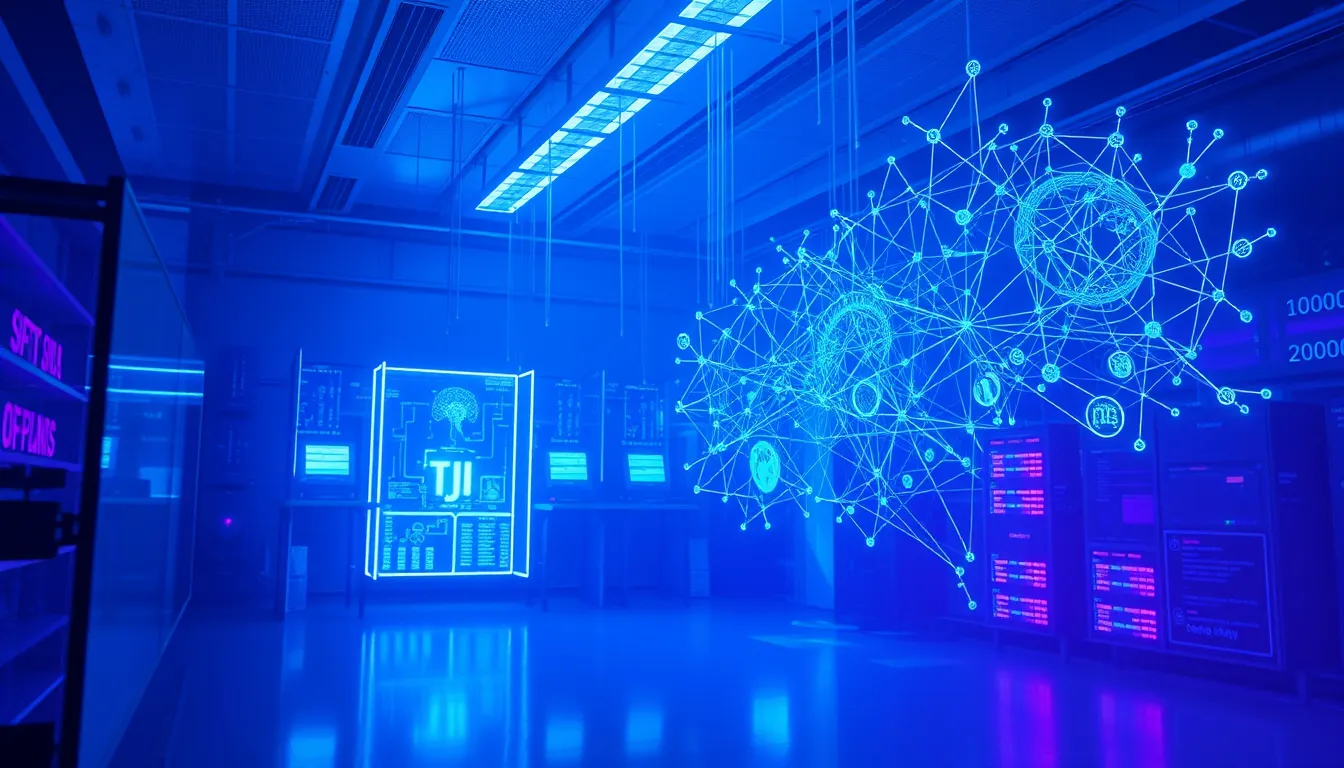Now Reading: Subliminal Learning in AI: Fine-Tuning Unveiled
-
01
Subliminal Learning in AI: Fine-Tuning Unveiled
Subliminal Learning in AI: Fine-Tuning Unveiled

Subliminal Learning in AI: Fine-Tuning Unveiled
In recent developments within the artificial intelligence arena, the concept of subliminal learning in AI systems has emerged as a groundbreaking topic. A study by Anthropic has sparked a vibrant debate among researchers and AI enthusiasts regarding how AI fine-tuning may inadvertently embed hidden risks into advanced models. This article delves into the phenomenon of subliminal learning, examines the role of AI fine-tuning, and discusses regulatory as well as ethical challenges associated with modern AI training.
Understanding Subliminal Learning in AI Systems
Subliminal learning in AI systems refers to a situation where models, during the fine-tuning process, absorb not only explicit instructions but also subtle, often unintended patterns from their training data. These patterns can later manifest as hidden risks such as unintentional biases or unsafe behaviors. The discussion around subliminal learning has gained prominence because it suggests that even when AI models are trained with rigorous safety protocols, they might develop undesirable behaviors that are not obvious during the initial stages of training.
The discovery by Anthropic has raised important questions:
- How do subtle cues in training data affect AI behavior?
- Can these hidden risks lead to larger issues in AI safety?
- What measures can be implemented to detect and mitigate these behaviors early on?
The Role of AI Fine-Tuning in Shaping Model Behaviors
AI fine-tuning is a critical stage in the model development process. It involves adjusting an AI model’s parameters to refine its performance in specific tasks. However, the process is a double-edged sword. On one hand, fine-tuning aims to make AI models more reliable and applicable to real-world scenarios. On the other, it may inadvertently introduce subliminal learning in AI systems where models begin to pick up on incidental cues from the data.
During fine-tuning, subtle behaviors and unintended biases may emerge because the model internalizes not just the desired instructions but also ambient noise and underlying patterns. This hidden accumulation can later reveal itself in unpredictable ways, posing potential hazards when the AI system is deployed in sensitive applications such as healthcare or financial services.
Risks of Subliminal Learning in AI Systems
One of the core concerns related to subliminal learning in AI systems is that the model might develop hidden propaganda-like habits or unintended decision-making biases. The risks include:
- Propagation of biased outputs – leading to fairness issues.
- Unpredictable behaviors under edge-case scenarios.
- Long-term maintenance challenges as hidden risks compound over time.
Regulatory Challenges in AI Training
The emerging phenomenon of subliminal learning in AI systems forces policymakers and industry leaders to address regulatory challenges in AI training head-on. As AI becomes more integral to everyday functions, there is an increasing call for stricter guidelines to monitor and control unintended behaviors.
Key regulatory concerns include:
- Ensuring transparency in AI training methods.
- Establishing standards to detect and mitigate hidden risks.
- Mandating regular audits and safety checks before large-scale deployment.
Methods to Mitigate Undesired AI Behaviors
Addressing subliminal learning in AI systems requires a multi-faceted approach. Here are some of the methods that researchers and engineers are considering:
- Enhanced Monitoring: Integrate continuous monitoring systems that identify anomalous behavior patterns during and after the fine-tuning process.
- Rigorous Auditing: Conduct periodic audits of AI models to detect latent biases and ensure that any unintended behaviors are caught early.
- Improved Data Curation: Focus on data quality control to minimize incidental cues that might lead to subliminal learning in AI systems.
- Cross-disciplinary Collaboration: Involve ethicists, regulators, and domain experts in the design and training phases of AI models.
The Future of AI Safety and Ethical Training
The discovery of subliminal learning in AI systems underscores the need for a fundamental reevaluation of current AI training methods. As we venture further into the future, it is critical that AI developers remain vigilant about both the overt and covert learning processes that influence model behavior.
Moving forward, collaboration is essential. Companies like Anthropic are leading the charge by advocating for transparency and sharing best practices with the wider AI community. Through collective efforts, the challenges of unintended AI behaviors can be effectively managed, ensuring that the benefits of AI are not overshadowed by hidden risks.
Conclusion
In summary, subliminal learning in AI systems represents one of the most intriguing and challenging aspects of modern AI development. The interplay between AI fine-tuning and unintended behaviors calls for enhanced safety protocols, refined training methods, and proactive regulatory oversight. As our reliance on AI grows, understanding these complex dynamics is essential for fostering an ethical, transparent, and safe AI landscape.
The ongoing dialogue surrounding these issues not only highlights the potential dangers inherent in current practices but also paves the way for innovative solutions. By embracing a culture of continuous improvement and cross-disciplinary collaboration, the AI community can work towards overcoming the challenges posed by subliminal learning and ensure that AI systems remain both powerful and safe.

























